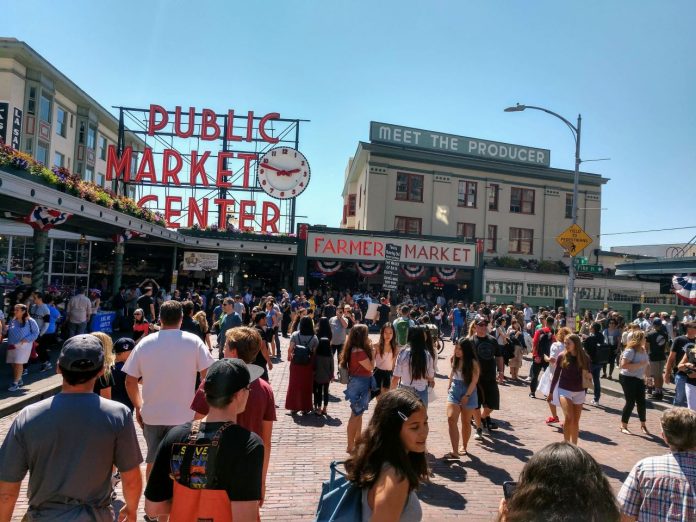
Nonetheless, conservative commentators keep arguing car-clogged Pike Place is working great and a welcoming doormat for the Market.
The Urbanist has long argued for the pedestrianization of Pike Place, but some stubbornly insist cars are needed right down the middle of Seattle’s most bustling market and selfie backdrop. The latest in that genre was former Councilmember Jean Godden who said the street didn’t need fixing and sharply criticized Councilmember Andrew Lewis for thinking otherwise. Shortly before the piece went to post, three motorists locked in a bitter road rage duel involving a hammer injured a pedestrian bystander — apparently breaking her leg — when one motorist turned his vehicle into a battering ram and she was caught in the middle.
According to eyewitness Dylan Jackson, the motorist tried to drive away after injuring the woman, but a staff member and other onlookers intervened and blocked his way, and both he and the other motorist were arrested. The police report recounted a slightly different chain of events, with the 54-year-old Mazda driver arriving last and introducing the hammer into the fight between two other feuding motorists, who had traded blows. He smashed the Toyota 4runner backwindow, leaving the hammer behind. The 32-year-old 4runner driver picked up the hammer and smashed the Mazda windshield, which prompted the original hammer guy to back up his car and ram him, catching the woman in the crossfire. Both motorists face assault charges. The woman works at a nearby venue, the police report says.
This frightening road rage brawl in one of Seattle’s most iconic places could have been completely averted by a simple intervention: the bollard. A simple row of retractable bollards could prevent cars from accessing the busy market street during business hours, while still allowing vendors to load and unload their wares outside the peak times for pedestrian traffic. Motorists intent on vehicular assault or worked into a rage by a mild delay would be forced to pick other streets.
Although Godden’s article was published in Post Alley, which shares its name with the pedestrianized alley that runs through the market, the publication is still willing to host reactionary pieces like Godden’s argument against creating more Post Alleys. If the piece contained better arguments, one could make the case that the piece still added to the debate and discourse. But, boy, were the arguments made not good.
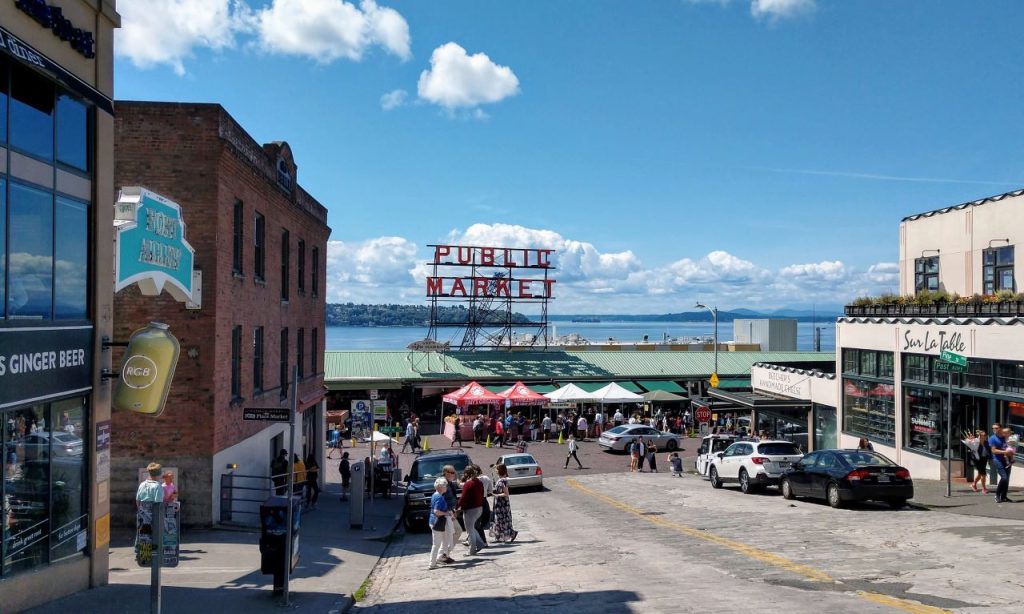
In her piece, Godden argues that Lewis, as chair of the City Council’s Select Committee on Homelessness, shouldn’t tackle other issues until homelessness is solved. This is a pretty ridiculous bar to set. Good leaders should be expected to tackle more than one problem at once, and Pike Place is located in his district. Godden then ridicules Lewis for initiating a stakeholder process while saying he wants to avoid a lengthy Seattle Process, calling his approach “nonsensical.” Yet in a twist, Godden later calls for additional stakeholder work, suggesting she wants more Seattle Process, not less, preferring a tortured decision. To people who want almost nothing changed, unending process sounds pretty great.
Most of the city appears to disagree with Godden, as recent polling shows. Seattleites overwhelmingly (81%) favor pedestrianizing Pike Place, but she has a neat fix for this inconvenient statistic. “One has to ask how many of those 81% work at or patronize the Market,” Godden said.
Of course by that logic, one would also have to ask how many of the 15% who opposed the change regularly patronize the Market. One might ask when is anybody allowed to have an opinion on anything? Is it only when they support your prior position or better yet take on the cantankerous change-nothing vibe of certain long-time Seattleites?
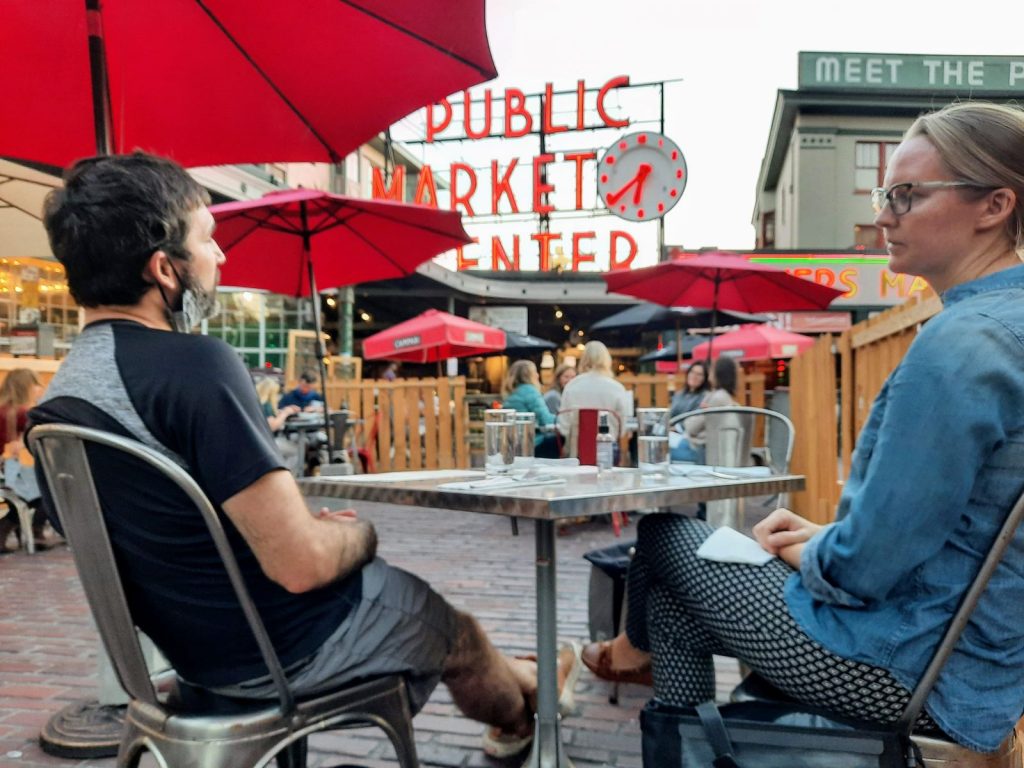
To bolster her position, Godden cites a former colleague of hers: Peter Steinbrueck, whose time on the City Council from 1997 to 2007 partially overlapped with Godden’s 2004 to 2015 tenure as a councilmember. Steinbrueck also recently penned a Seattle Times op-ed against pedestrianizing Pike Place. “Since cars have to yield to pedestrians, traffic is always slow, often stalled. Peter calls it ‘almost self-regulating,’” Godden ominously recounts.
Steinbrueck’s op-ed, which he co-wrote with Tom Graff of Allied Arts and Ernie Dornfeld of Friends of the Market, reads differently after an injury collision.
“The zesty, bustling jumble of vendors, pedestrians, slow moving cars and delivery vehicles is what makes the Market unique and genuine,” they wrote. “Pedestrians have the same right to be on Pike Place as the truck delivery vehicle, the rideshare drop off, the restaurateurs picking up supplies, and the van dropping off Americans with Disabilities Act (ADA) or elderly passengers. In fact, pedestrians dominate the street during the busiest times of the year, and there is a sense of safety in numbers over cars.”
Safety in numbers didn’t prevent a pedestrian from suffering a broken leg on Sunday. That victim is unlikely to call the current mess “zesty” and “accessible.” A Mad Max style road rage brawl is not the “bustling jumble” most have in mind for an enticing market space. Despite the counter evidence, Steinbrueck doubled down when Seattle Times transportation reporter David Kroman asked if his position had changed.
“This can happen anywhere, any time, in any type of situation where there are people and pedestrians in numbers,” Steinbrueck told Kroman. “I don’t think that informs us of anything specific regarding the issue that is being debated over the closure of Pike Place to vehicles. It has to remain open to some vehicles at all times.”
A bollard would have something to say about that. Pedestrians don’t need to worry about being rammed by cars — let alone borderline military-grade vehicles — in bollard-protected pedestrianized areas. This isn’t an isolated incident. Kroman summarized Seattle Department of Transportation data showing at least 170 collisions involving drivers in Pike Place Market, which resulted in at least 39 injuries, since 2004, “both on Pike Place itself and the streets heading east toward First Avenue.”
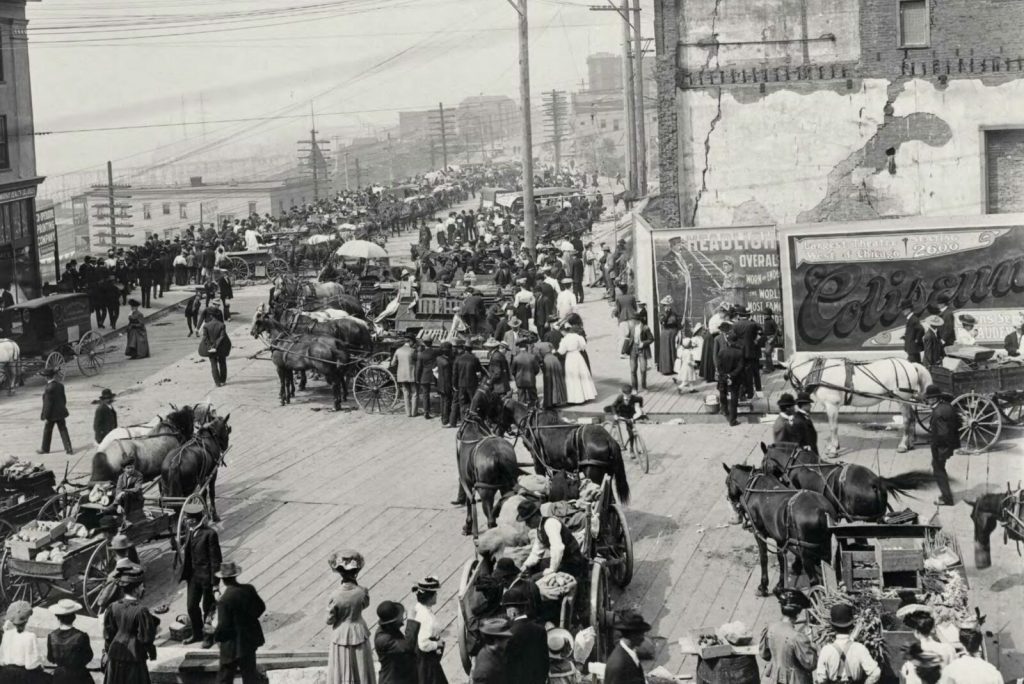
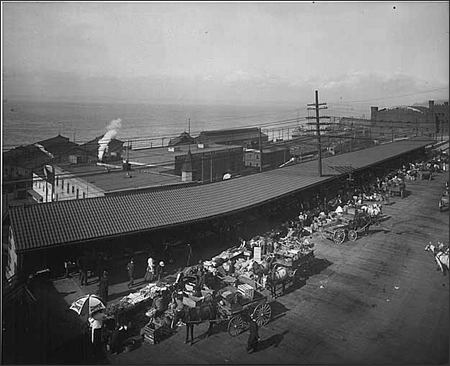
Godden and Steinbrueck view cars plowing through the middle of the Market more more historic and authentic, but 119 years ago at its founding, cars barely existed. It was the time of horses and buggies, with most patrons arriving by streetcar or on foot. Just because famous market savior Victor Steinbrueck (Peter’s father) supposedly didn’t envision a pedestrianized Pike Place doesn’t mean one should not exist. Seattle should not be afraid to dream bigger than those who came before. The future of our cities is likely going to depend on people having a few new ideas and having the opportunity to bring them about.
Pedestrianizing Pike Place is an idea whose time has come. Let’s prevent more road rage incidents from endangering Market patrons and workers.
Update: This article was updated with the quote from Peter Steinbrueck and the broader crash data at 1:15pm.
Doug Trumm is publisher of The Urbanist. An Urbanist writer since 2015, he dreams of pedestrian streets, bus lanes, and a mass-timber building spree to end our housing crisis. He graduated from the Evans School of Public Policy and Governance at the University of Washington in 2019. He lives in Seattle's Fremont neighborhood and loves to explore the city by foot and by bike.

